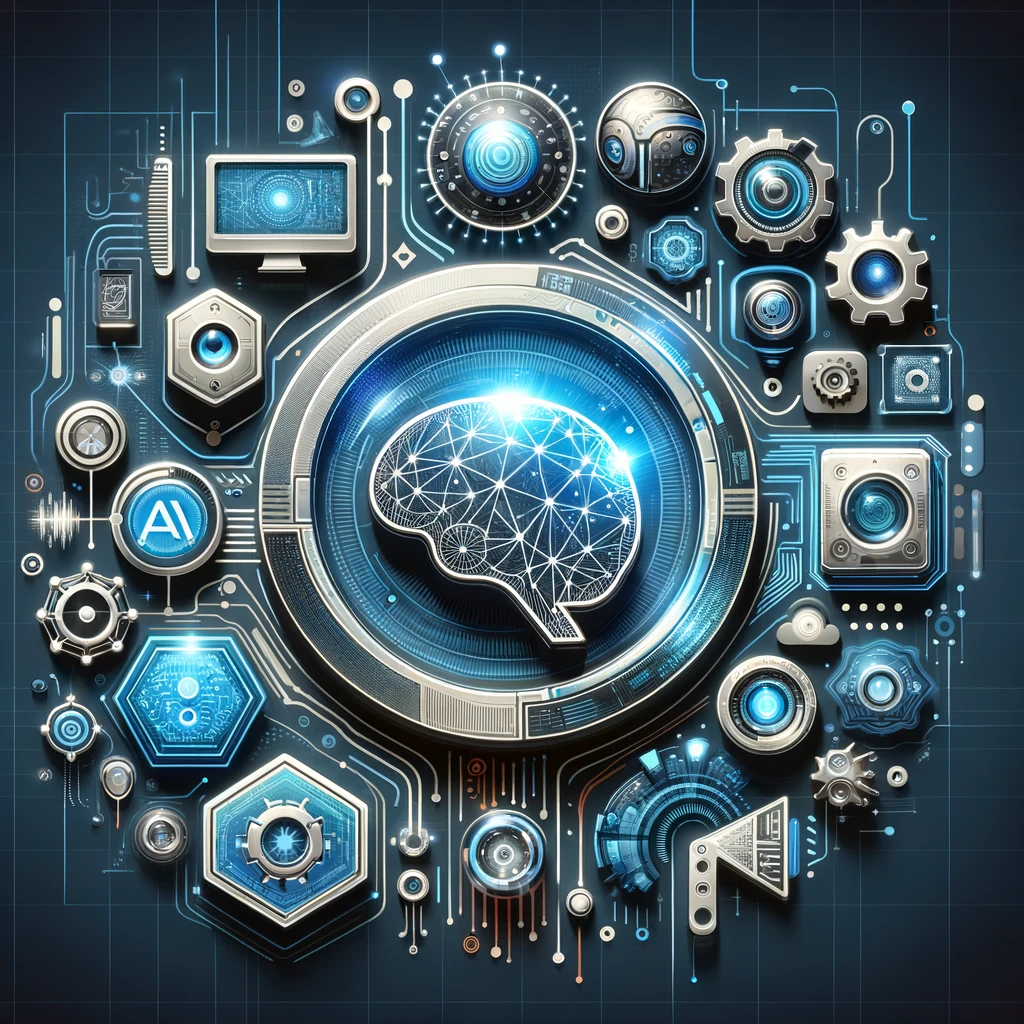
The Power of GenAI in Business
Generative artificial intelligence (GenAI) has emerged as a transformative tool for businesses, offering a myriad of opportunities to enhance operational efficiency. By integrating GenAI, organizations can automate tedious tasks, allowing employees to concentrate on growth-oriented activities. Moreover, this technology empowers businesses to deliver rapid, personalized responses to customer inquiries, thereby fostering data-informed decision-making.
Despite its growing popularity, incorporating GenAI into business practices introduces inherent risks that must be navigated with caution. A thorough understanding of these potential threats, along with effective strategies for mitigation, is essential for safeguarding your organization. Below, we explore four critical risks associated with GenAI adoption.
Privacy and Data Security Concerns
To effectively function, GenAI tools typically require access to vast amounts of data, much of which may include sensitive information. This raises significant concerns regarding privacy, as the potential for data breaches or misuse by malicious entities remains high. Ensuring the security of data utilized for training these tools is paramount, and the implementation of robust data protection measures can mitigate these risks.
Using solutions like AI security posture management, businesses can enhance data security by swiftly identifying vulnerabilities. This not only aids in analyzing data context and content but also enables proactive risk remediation before malicious actors can exploit weaknesses. Establishing transparency in data access, usage, and storage can further enhance assessment efforts, helping organizations pinpoint vulnerabilities and implement effective risk reduction strategies.
Fraud and Identity Theft Risks
The increased capabilities offered by GenAI also introduce specific fraud risks that organizations need to understand. One prominent concern is synthetic identity fraud, whereby fraudsters generate fake biometric data to create fraudulent identification. Such tactics facilitate various financial crimes, prompting organizations to remain vigilant.
Additionally, fraudsters are now utilizing sophisticated AI-generated content for social engineering attacks and phishing attempts. Through impersonation, these attackers can manipulate victims into divulging sensitive information. Techniques such as behavioral biometrics and real-time transaction tracking can be deployed to detect unusual patterns and thwart fraudulent activities effectively.
Misinformation Issues
While GenAI can produce seemingly legitimate content—be it video, audio, or text—the quality and accuracy of this information are not guaranteed. These tools often leverage large language models (LLMs) that generate content based on predictive algorithms rather than factual accuracy. This reliance on potentially flawed data can lead to the emergence of “hallucinations,” wherein the AI misrepresents facts due to insufficient training.
The consequences of disseminating misleading or incorrect information can be severe for businesses, resulting in legal repercussions and harm to reputation. To safeguard against these risks, organizations should establish clear guardrails for AI-generated content. Involving human oversight in reviewing and correcting AI-generated outputs can enhance coherence and factual reliability.
Increased Attack Efficiency
Cybercriminals are beginning to harness GenAI’s capabilities to automate and enhance their attack strategies. AI-enabled cyberattacks are becoming more sophisticated, utilizing automated processes to improve the effectiveness of traditional cyber threats. This evolution makes such attacks more difficult to detect and counter.
To combat the possibility of AI-driven cyber threats, organizations should invest in posture management and AI-powered anomaly detection systems. These solutions can strengthen defenses against the increasingly advanced methods employed by cybercriminals.
HAL149 es una empresa de IA que desarrolla asistentes de inteligencia artificial a medida para las empresas, mejorando la eficiencia y el crecimiento mediante la automatización. Contáctenos en nuestra web o en formulario de contacto. También puede escribirnos a hola@hal149.com.
